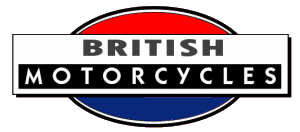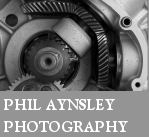


NOVEMBER 30th, 1922. Page 748
The Olympia Show.
ARGSON.
Stand 32Argson invalid tricycles will occupy very much the same position in the motor cycle show as did the Dunkley motor perambulators at the car exhibitions.
Normally they do not interest the motor cyclist except as curiosities, but they are a great boon to the many helpless sufferers left us by the war, and therefore fill an important gap in the world of wheels. The tricycle itself is on the lines of the hand-propelled vehicle bearing the same name, but a well-designed 170 c.c. two-stroke engine of the firm's own construction supplies the power for speeds up to 25 m.p.h. The controls are of the simplest nature, a Mills single-lever carburetter and a fixed ignition Villiers flywheel magneto being used.
Separate engine units suitable for miniature motor cycles will also be shown.
HARLEY DAVIDSON.

989 c.c. Harley-Davidson with gas-lighting equipment in lieu of a dynamo.
Perhaps the most interesting item to the average man who visits the Harley-Davidson stand will be the new 1,208 c.c. model. But this is not really a new machine - it has long been common in the U.S.A. - and the detail improvements to existing models deserve just as close attention.
The front forks now carry no less than eight coil springs; the mechanical oil pump is a detachable unit; a safety switch locked by a key is fitted; the rear hubs are on roller bearings absolutely waterproofed these are some of the diverse changes made to ensure even greater serviceability from this well-known American machine.
The three main models are : 584 c.c; flat twin, 989 c.c. V-twin, and 1,208 c.c. V-twin; attached to the last-mentioned will be shown an imposing double-seater sidecar.
GRIGG.
Stand 35.Grigg lightweights are considerably more attractive than their name. Three models will comprise the 1923 programme : (1) a . duplex frame machine with a 347 c.c. Villiers engine, (2) a similar model with a 211 c.c. Grigg two-stroke engine, and (3) an o.h.v. four-stroke 181 c.c. miniature.
Two-speed Sturmey gearboxes are fitted in the first two cases, a two-speed Chater-Lea box on the miniature and a three-speed Sturmey box on a sidecar edition of the largest machine.
HAWKER.
Stand 36.Frame improvements in the Hawker tend to render it more conventional in appearance than hitherto. A dropped top tube allows a lower saddle position with a considerable gain in ease of steering. This applies particularly to the larger model, which uses a 550 c.c. Blackburne engine, a Burman three-speed gear box, and equally well-known proprietary units for carburation, ignition, etc. Transmission is by chains guarded on their top runs and both front and rear brakes are of the internal expanding variety.
The remaining models are fitted with 350 c.c. Blackburne (side or over-head valve) engines.
The Motor Cycle, November 1922
If you have a query about this page please contact us